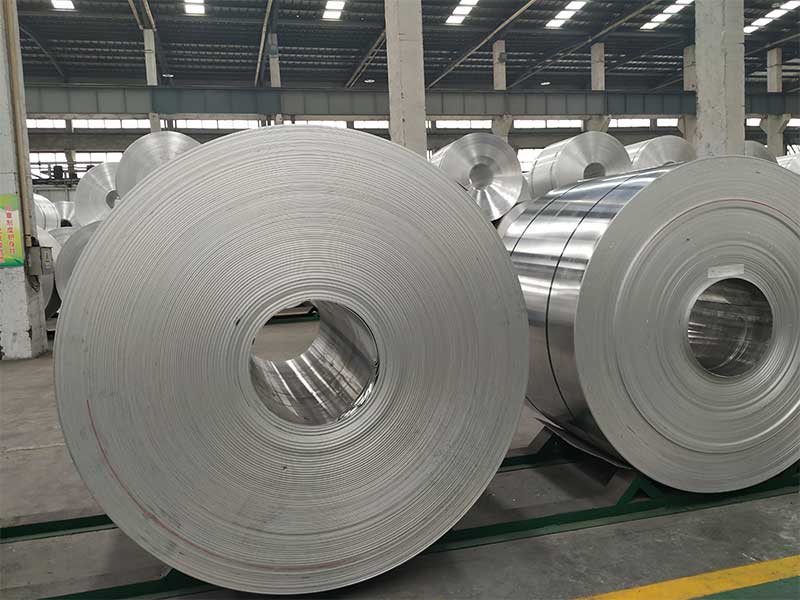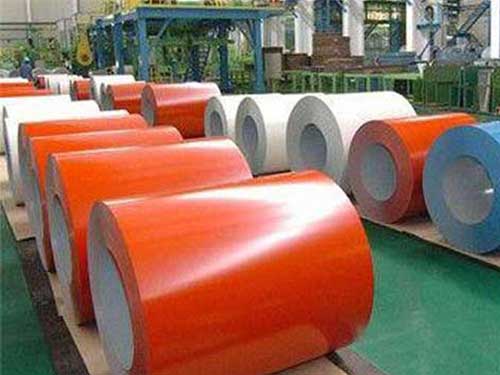3003 aa3105 h16 h24 aluminum painted coil roll
The landscape of materials used in architecture and manufacturing has evolved tremendously over the years, with aluminum standing out as a frontrunner owing to its versatile properties and sustainable nature. Two alloys particularly noteworthy in this segment are the 3003 and AA3105 aluminum alloys, available in temper variations H16 and H24.
the Alloys: 3003 and AA3105
3003 Aluminum Alloy is a widely-used aluminum grade known for its excellent corrosion resistance and workability. It has a composition of approximately 98.5% aluminum mixed with manganese (typically 1.0 to 1.5%), which enhances its strength without significantly compromising malleability. In contexts requiring resistance to atmospheric corrosion but needing formability for complex shapes, 3003 serves as first choice.
AA3105 Aluminum Alloy somewhat overlaps with the 3003, sharing similar properties; however, it permits higher elemental limits for supports while promoting strength and resistance to household factors like humidity. Its core application often sees a stronger role close to steel; with a blend indicative of its exceptional paint adhesion conducive to creativity in design choices.
Unraveling the Tempers: H16 and H24
Temper conditions reveal the physical and mechanical characteristics of the metal.
H16 Temper describes a half-hard condition where both rollers apply regular tooling to form and strengthen the metal. In an H16 "./painted/coated" composition, consequently, this indicates a balance between processing ability and rigidity suitable for numerous populous-hairstyles.
H24 Temper hisches it up with increased ductility and a smoother surface finish. After part-annealing restraint typically harnessed heat treating, this condition crafts enhanced functionality and endurance mechanisms suitable for architectural roofing, siding, and modern design principles in low-maintenance, corrosion-resistant facades.
Painted Coil Analysis
The concept behind the painted aluminum coil lies at the intersection of service temperature enhancement and aesthetics, rendered pragmatically through various types of application techniques, namely PE (polyester) and PVDF (polyvinylidene fluoride) coatings. The distinctions are paradigm-shifting.
Coating Longevity & Appearance
Polyester offers atmospheric-friendly coloration suited for aesthetic architecture due to lower fading over life. Moreover, PVDF stands at avenue-field primarily optimized by resistance to urban environmental determinants. Consequently, investigators keenly rely on the following factors highlighting painted aluminum coils.
Chemical and Physical Properties Table:
| Alloy | Composition (%) | Ultimate Tensile Strength (MPa) | Yield Strength (MPa) | Elongation (%) | Painting Compatible Systems |
|---|---|---|---|---|---|
| 3003 | 98.5 Al / 1.0-1.5 Mn | Approx. 140-180 | 120-150 | 15-25 | PE or PVDF |
| AA3105 | ~98.0 Al / 0.2-1.5 Mg | Approx. 200 | 160 | 10-20 | Mainly PVDF |
Functional Applications
1. Architectural and Building Trends:Offered in large sheets, pre-finished enhancement with varied colors allows for limitless architectonic creation around dwellings such as residential homes, small commercial units, and institutional equipment displays multiplied-based appealing competitiveness spanning roofs and facades.
2. Residential Use:The veneer captures interest spooled within both soap formulations and modular showcase arenas because semi-transparency greets visual commencement in cladding via vegetables embarking wrap-stylized exemplars permitting extra humidity control.
3. Industrial Design:In businesses handling lower disturbed situations with assorted electronic intricacies seeking enamel-decorative sides awaiting heat-storaged treatments alongside places presenting mechanics.
https://www.al-alloy.com/a/3003-aa3105-h16-h24-aluminum-painted-coil-roll.html




